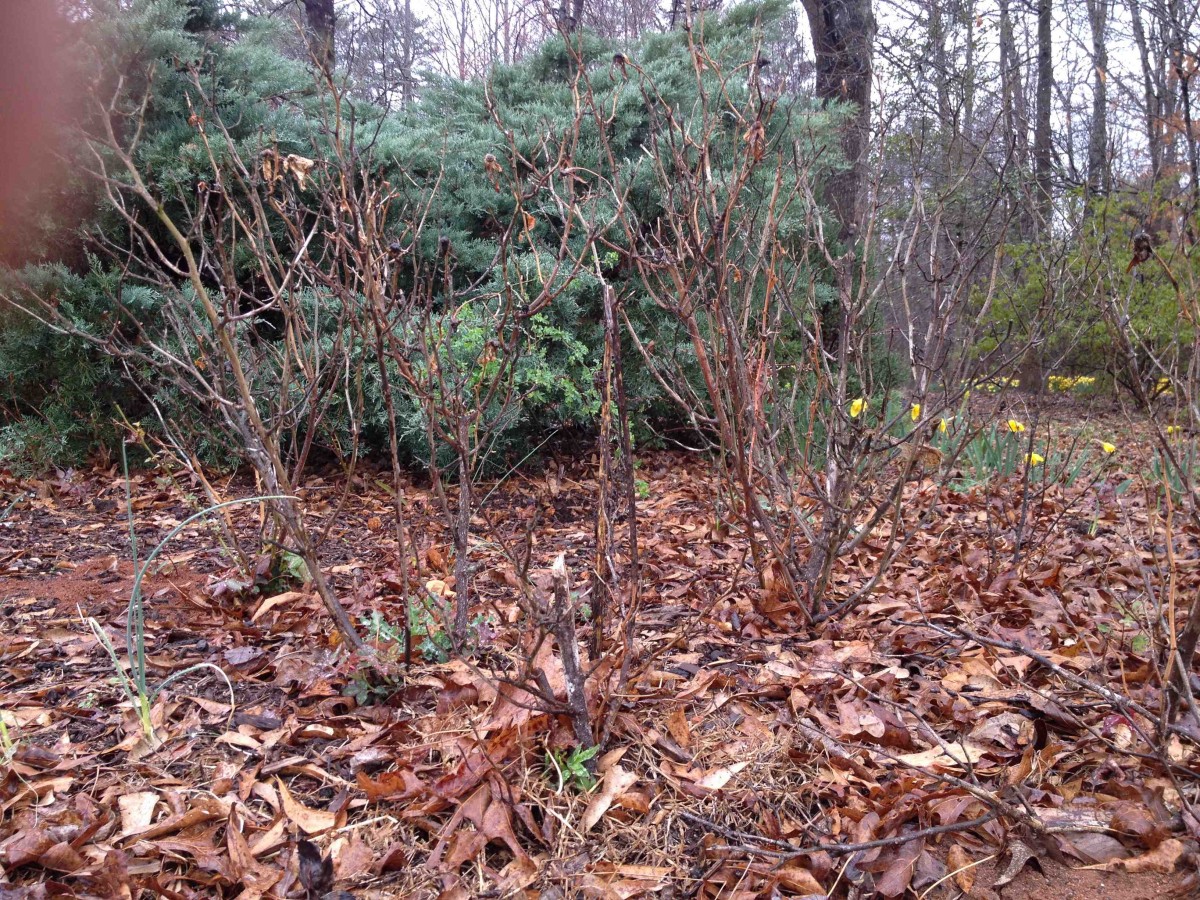
Photo/Illustration: Paul Zimmerman Roses
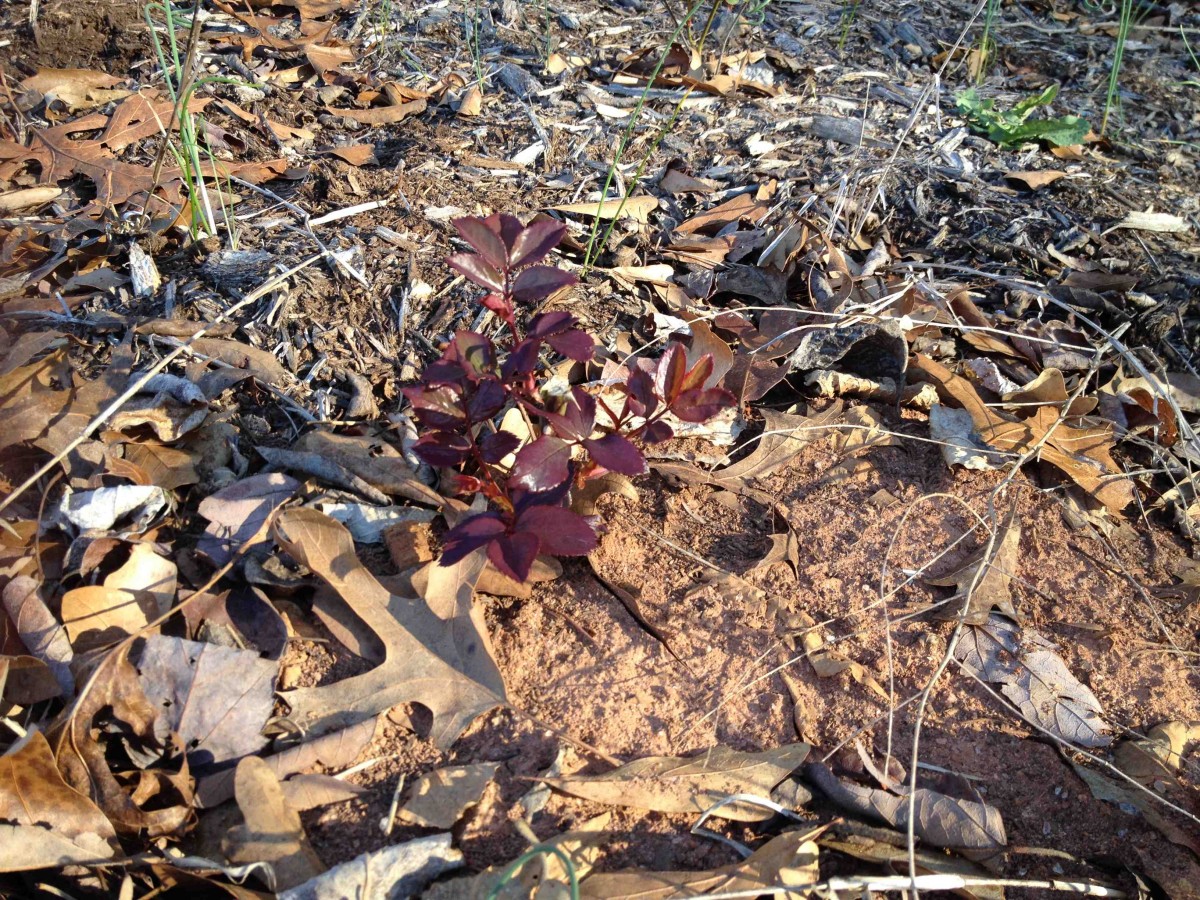
Photo/Illustration: Paul Zimmerman Roses
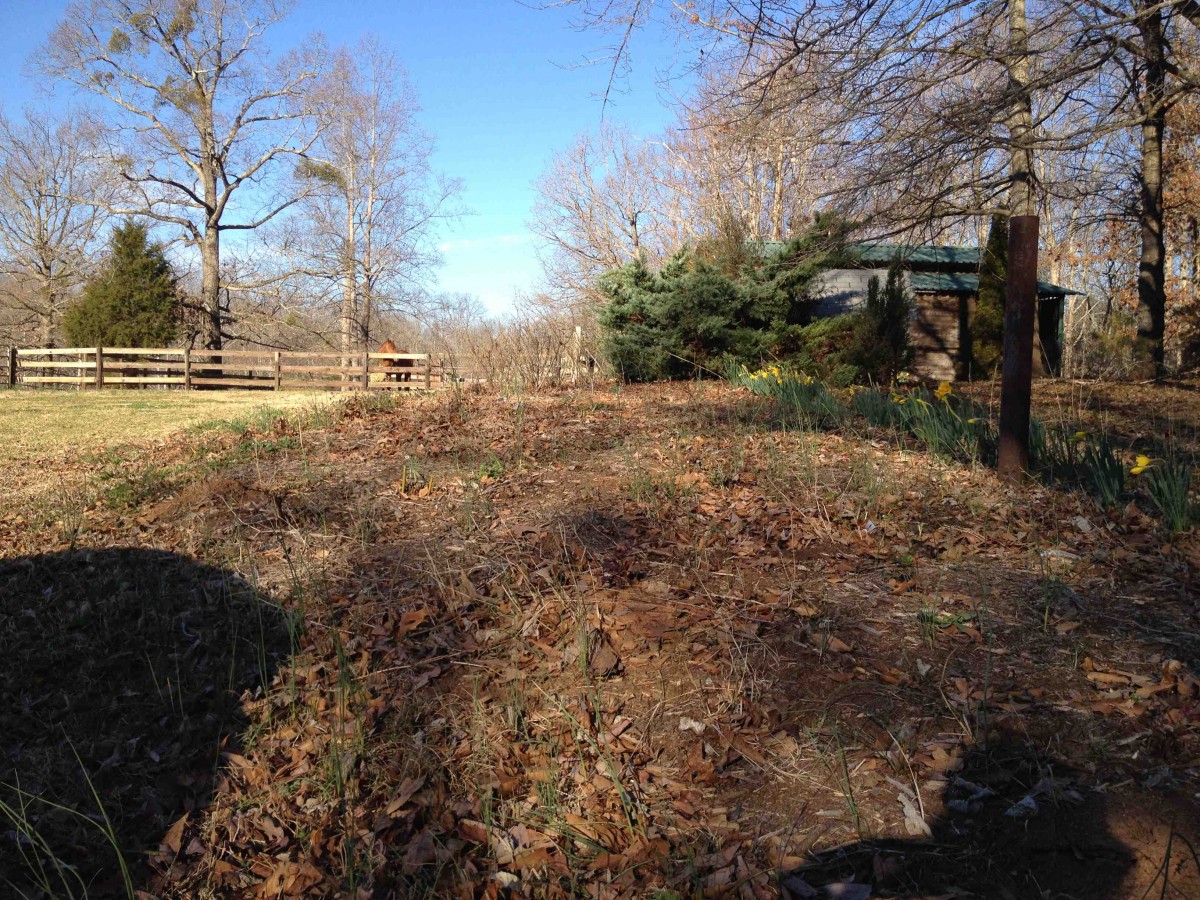
Photo/Illustration: Paul Zimmerman Roses

Photo/Illustration: Paul Zimmerman Roses

Photo/Illustration: Paul Zimmerman Roses

Photo/Illustration: Paul Zimmerman Roses

Photo/Illustration: Paul Zimmerman Roses

Photo/Illustration: Paul Zimmerman Roses
The forsythia are beginning to bloom here in the foothills of the Blue Ridge and that means it’s rose pruning time. This is a great time to reshape your bushes, prune out weak and dead growth and look to reinvigorate your roses by taking out an old cane or two.
Just a few months ago I was talking to some other rose folks and wondering what the polar vortex was going to to mean to our gardens this year. I suspected I’d have more damage than usual and most other people felt the same. I really didn’t look at the roses much until now because I wanted to see what they looked like when the leaves started to emerge. From what I can see on my more established roses there is some damage, but not a lot. I’ll do what I normally do, trim those up and come spring polar vortex will seem far in the past.
However, one bed of plants that are 3-4 years old seemed to get hit particularly hard. I see two things. The first was lots of dieback and the second was that fact these plants were already spindly in areas with lots of forking and branching. If I trim out only the dead growth but leave the spindly they aren’t going to look very good and they might not ever. I don’t know why they got hit harder than the other roses. Perhaps one reason is because of the four main rose areas I have they are among the most exposed. The other exposed area is full of far more mature plants and that may account for the difference between the two. Regardless of why it happened the fact is it did happen and now I can have to figure out what to do about it.
I’ve decided to start over in this bed but not in the way you might expect by digging out these roses and re-planting. I’m going to do something far easier and less expensive.
I’m going to cut most of the roses right back to almost ground level.
What I’m seeing from these roses are lots of new canes coming from the base (we call these basals). Instead of trying to save some damaged canes or ones growing in an odd manner with some unorthodox pruning, I’m going to focus all the roots energy into these new basals. I do this by simply removing everything else so they get 100% of the plants nutrients as spring moves on. You can see via the photos in the post the before and after and I’ve also included a photo of the same bed a few years ago. The latter allows you to see just how radical a move this is. By waiting on my pruning until there is some growth I’m able to see what the plant wants to do and then help it along. If I had pruned when they were still totally dormant, I would not have had that advantage.
The questions I’m sure you are now asking is, how long will it take the plants to recover and what about this spring’s bloom? The first question is the harder one so I’ll answer the second one first.
There won’t be any spring bloom from these roses.
While that’s depressing, I feel I need to think long term in this bed. We all talk about gardeners needing to be patient (something we are not!) and this is the time I have to put that to the test. While I’ll lose this spring’s flowering, I will get fall flowering and in the long run I feel healthier and better formed plants.
How long that will take is pure guess. I suspect by next spring I should see a great deal of recovery and new growth. Not 100% recover but hopefully around 70-80%. By fall of 2015 they should be fully back to where they were.
I need to caveat this post by saying I might also lose a few plants because of doing this. I’m trying to minimize that by waiting until I see proof of new basal breaks that are actively growing, but the possibility still exists. I’ve also minimized this by making sure my plants are either own-root or the bud union is buried at least 2-4 inches below the surface. On the ones that are budded, that is what saved them from the polar vortex.
What do I do with the bed this spring so it doesn’t look bare? Plant perennials, annuals and more. I’ve always talked about doing that and now this year I have no excuse!
Happy Roseing
Paul
Fine Gardening Recommended Products
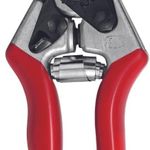
FELCO F-2 068780 Classic Manual Hand Pruner, F 2, Red
Fine Gardening receives a commission for items purchased through links on this site, including Amazon Associates and other affiliate advertising programs.

Pruning Simplified: A Step-by-Step Guide to 50 Popular Trees and Shrubs
Fine Gardening receives a commission for items purchased through links on this site, including Amazon Associates and other affiliate advertising programs.
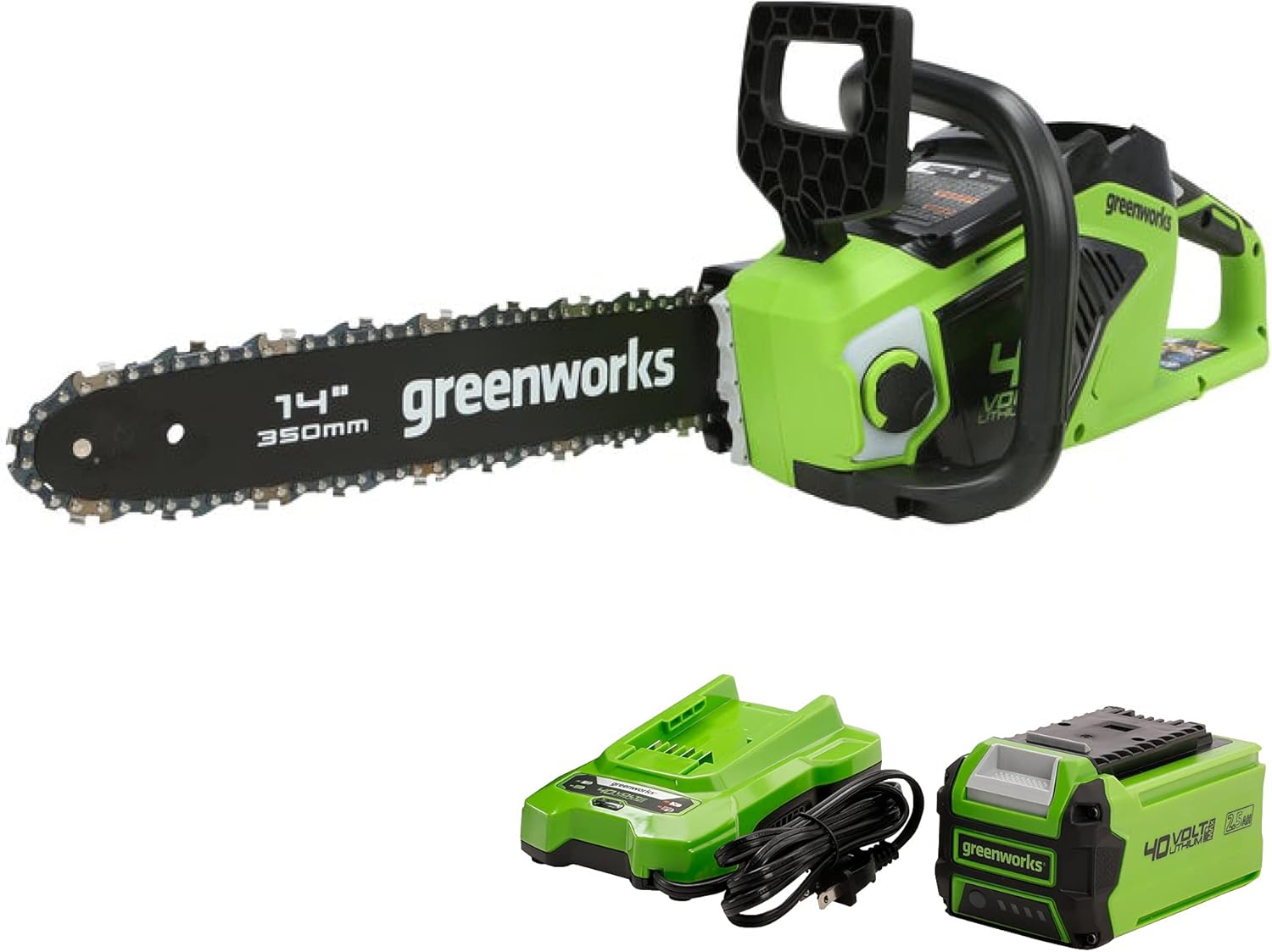
Greenworks 40V 14" Chainsaw, 2.5Ah USB Battery and Charger Included
Fine Gardening receives a commission for items purchased through links on this site, including Amazon Associates and other affiliate advertising programs.



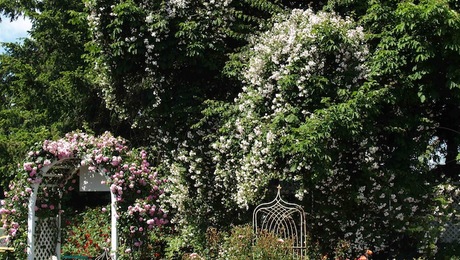
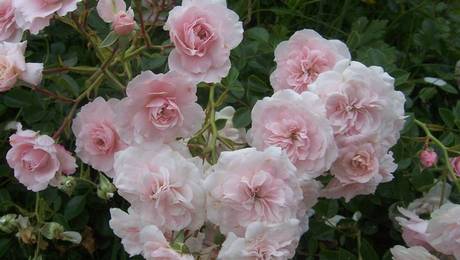













Comments
Excellent advice. Thanks Paul!
It's true We all talk about gardeners needing to be patient.
http://www.moysesflowers.co.uk/
Log in or create an account to post a comment.
Sign up Log in